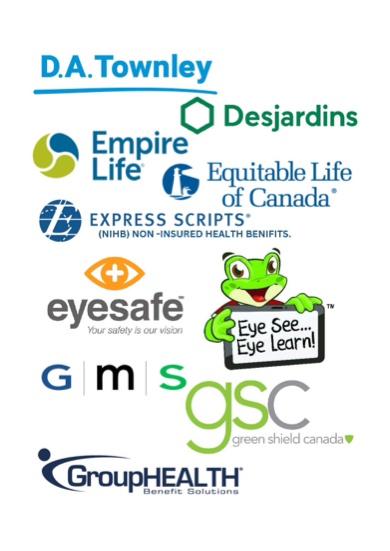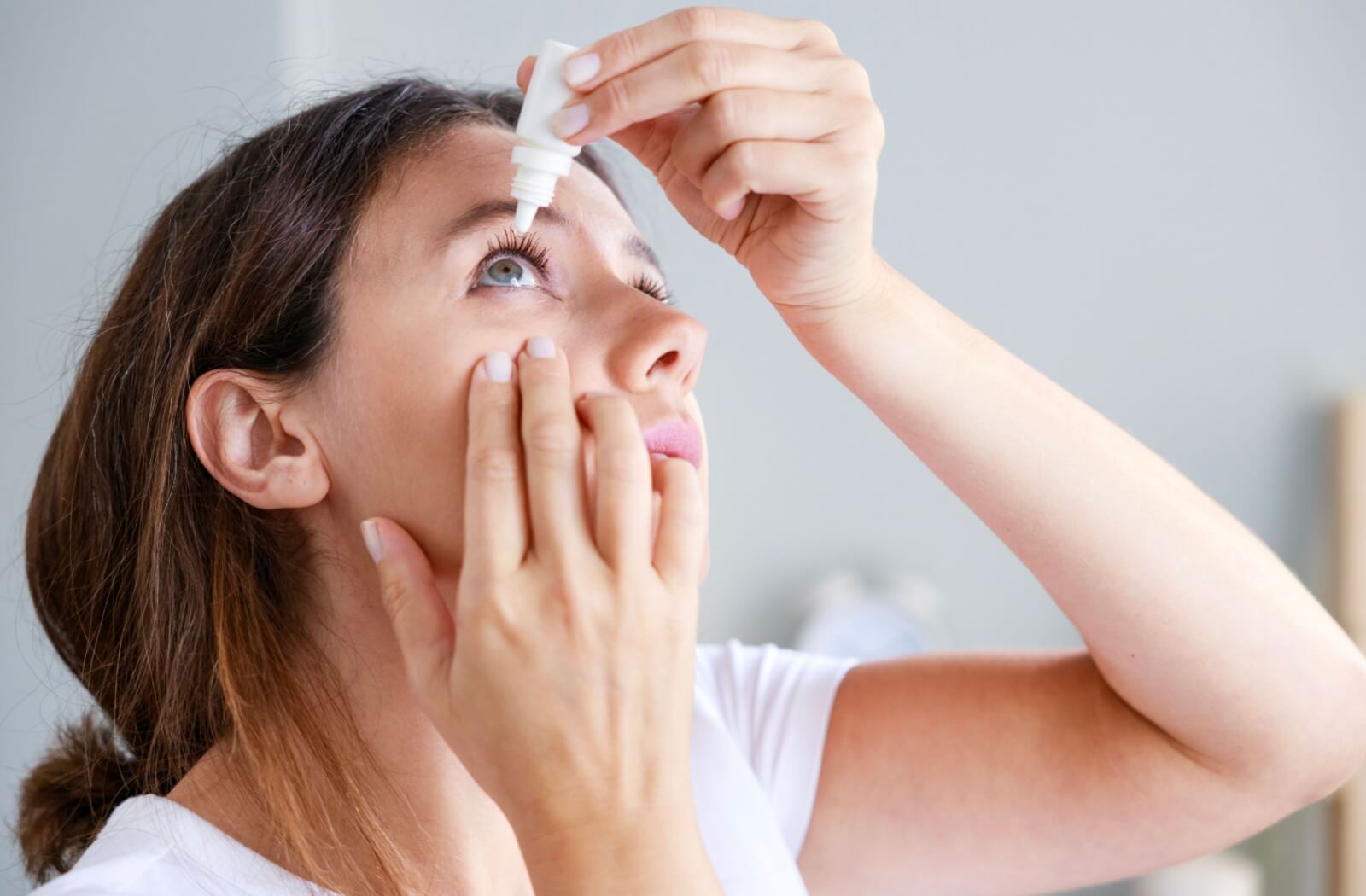Glaucoma is a group of eye disorders that lead to irreversible damage to the optic nerve, usually due to high pressure inside the eye.
It’s a leading cause of blindness worldwide, and many individuals affected by this condition aren’t even aware of it.
Glaucoma often progresses with no early symptoms, making regular eye exams essential for protecting your vision and eye health, especially if you’re over 40 or have a family history of glaucoma.
While many forms of glaucoma have no early warning signs, it can cause some changes to your vision, including peripheral vision loss, eye pain, headaches, blurred vision, halos or rainbows, and changes in the appearance of your eyes. If you notice any of these signs, schedule an appointment with your eye doctor as soon as possible.
Types of Glaucoma
There are a few types of Glaucoma, mainly split into primary and secondary:
- Primary open-angle glaucoma makes up 90% of all cases in Canada. You won’t notice it at first because you can still do everything normally. The problem is, you won’t see any sight loss until it’s too late. This happens when the eye’s drainage system gets blocked and the fluid pressure inside increases. The optic nerve can get damaged even if the eye pressure is normal.
- Acute closed-angle glaucoma happens when the space between the iris and the drainage system closes up, causing fluid to build up in the eye. It’s really sudden, painful, and an emergency.
- Chronic angle closure glaucoma is similar but slower, taking weeks or even years. The only symptom is sight loss.
- Secondary glaucoma is caused by other conditions like an eye injury, inflammation, complications from eye surgery, diabetes, and certain medications.
Signs & Symptoms of Glaucoma
Loss of Peripheral Vision
One of the most common signs of glaucoma is the gradual loss of peripheral vision. Individuals with glaucoma may find it challenging to see objects to the sides or in their peripheral vision.
As the disease progresses, this vision loss can also lead to difficulty in performing daily tasks such as driving, reading, or watching TV, and it affects night vision, too.
Eye Pain or Headaches
Glaucoma may cause intermittent or constant eye pain or headaches. This pain may be concomitant with blurred vision or a feeling of pressure or fullness in the eye.
While these symptoms may be caused due to different eye problems, it’s essential to get an eye exam to rule out glaucoma.
Blurred Vision
An individual with glaucoma may struggle with blurry vision, especially in dim light. This symptom can be a warning sign for certain types of glaucoma. If you’re experiencing blurry vision, don’t wait to get an eye exam.
Halos or Rainbows
Halos or rainbow-coloured rings around lights may be another early warning sign of glaucoma, especially in older adults. If you’re experiencing halos or rainbows, be sure to mention this to your eye doctor during your exam.
Changes in Eye Appearance
Late-stage glaucoma can cause noticeable changes in the appearance of the eye. A bulging or swollen eye may indicate that glaucoma is in an advanced stage and that immediate care is required. Unexplained redness, swelling, or pain in the eye could also indicate a more severe issue.
Tests for Glaucoma
When we’re testing for glaucoma, we’re actually doing a couple of things. First, we’ll use something called non-contact tonometry (you might know it as the air puff test), and then we’ll also use Goldmann applanation tonometry.
We also take a closer look at how your cornea is behaving using a tool called a Reichert Ocular Response Analyzer. This gives us a better idea of how your cornea is influencing the pressure inside your eye.
Glaucoma Treatments
Although glaucoma has no cure and its damage is irreversible, there are strategies to manage its symptoms and prevent additional damage. There are primarily three medical interventions for treating glaucoma:
Medication is typically the initial choice for treatment. Doctors prescribe medicated eye drops aimed at reducing intraocular pressure, which prevents further damage to the optic nerve.
Laser treatment serves as an alternative to medication offered by some eye doctors. The procedure involves using a laser to enhance your eye’s drainage network functionality.
If the two previous options prove ineffective, the eye specialist may propose surgery. Multiple surgical procedures are available, with the most suitable one being dependent on your specific circumstances.
Recognizing & Responding to the Early Warning Signs of Glaucoma
Glaucoma often develops slowly, making it challenging to detect without an eye exam. The absence of symptoms makes it essential to meet with an eye specialist regularly, especially if you’re at risk for this condition.
Early diagnosis and effective treatment can help prevent vision loss, so it’s crucial to be aware of the early warning signs of glaucoma.
By watching out for loss of peripheral vision, eye pain or headaches, blurred vision, halos or rainbows, and changes in eye appearance, you can be alert and take precautionary measures to preserve your sight.
So, if you’re experiencing any of these symptoms, it is important to get an eye exam immediately. Our friendly team of eye care professionals at Eyesis Eyecare Center is ready to help you with your vision and your overall health. Book an appointment today!






































